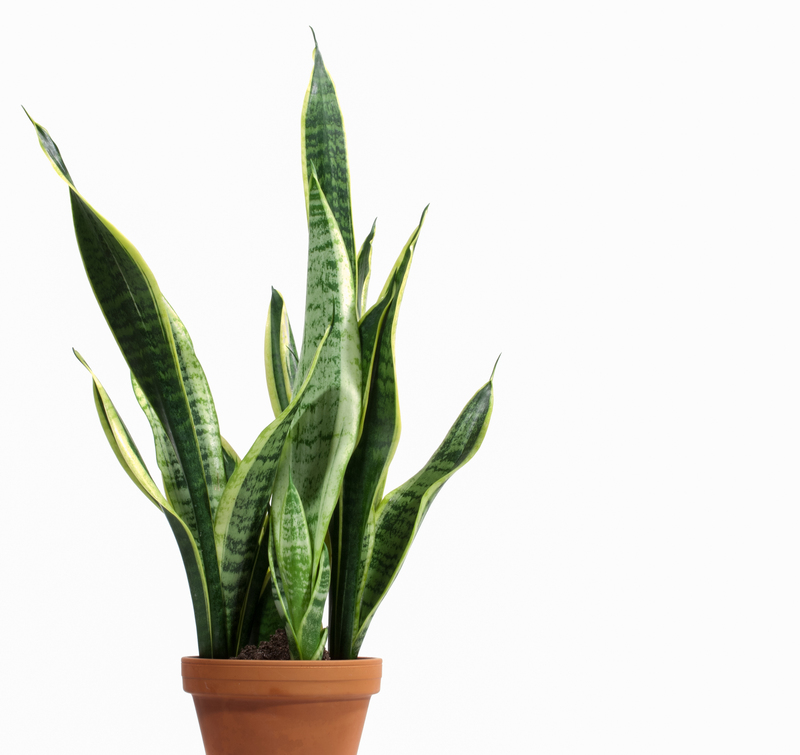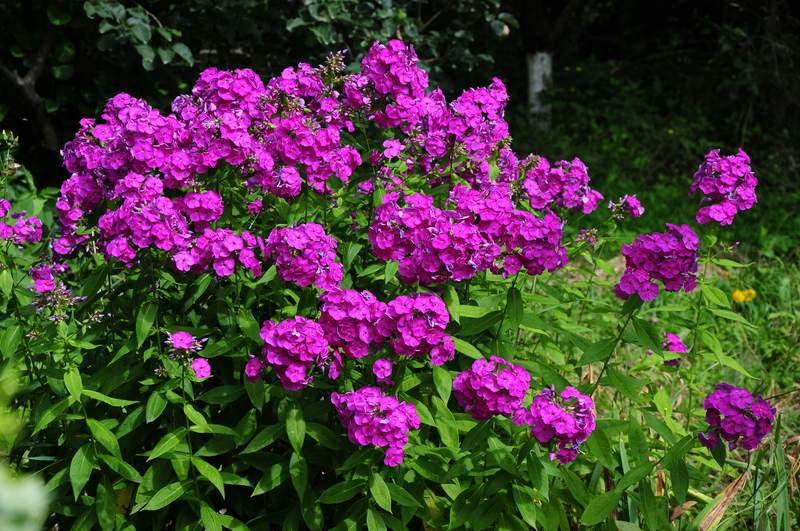Hedge Trimming: Unique Shapes to Try
Posted on 20/08/2025
Hedge Trimming: Unique Shapes to Try in Your Garden
Welcome to the world of hedge trimming - where your garden transforms from a simple greenery patch to a living, breathing work of art! While classic box-cut hedges are timeless, there's a whole universe of unique hedge shapes you can achieve to bring personality and flair to your outdoor space. Whether you're a beginner or an experienced horticulturist, this comprehensive guide will inspire you with inventive ideas and guide you through the techniques to create stunning hedge designs.
Why Choose Unique Hedge Shapes?
Traditional straight-edged hedges have their appeal, but exploring distinct hedge shapes offers a myriad of benefits:
- Visual Interest: Unique forms catch the eye and make your garden stand apart.
- Personal Expression: Showcase your personality and creativity through custom designs.
- Landscape Functionality: Specialty shapes can serve as garden dividers, privacy screens, or focal points.
- Increased Property Value: Well-maintained and uniquely shaped hedges boost curb appeal.
Ready to enhance your landscape? Dive into the best hedge trimming shapes and learn what makes each one exceptional!

Classic Yet Creative: Hedge Trimming Shapes to Start With
Let's begin with some recognizable yet stylish hedge shapes for those new to ornamental hedge cutting:
1. The Classic Ball or Sphere
Ball-shaped hedges create a sense of symmetry and calm within the garden. They're relatively easy to maintain with regular trimming and suit both modern and traditional landscapes, especially when grouped or lined along pathways.
2. Tapered Cone or Pyramid
Cone or pyramid-shaped hedges are a staple of classic French and English gardens. Their vertical lines draw the eye upward, adding height and structure to your landscape.
3. Box and Rectangle
The box shape is perhaps the most common--a tidy, geometric rectangle. However, slightly rounded or beveled edges can soften the look and make it feel less formal.
Daring and Artistic: Unique Hedge Trimming Designs
Ready to push the boundaries of hedge design? Try these adventurous shapes and forms that will make your garden a true showstopper.
1. The Spiral
A spiral-trimmed hedge is a dramatic focal point, commonly used with small-leaved evergreens like boxwood or yew. Training a hedge into a spiral involves patience and precision, but the results are nothing short of breathtaking.
- Tools: Hand shears, long-handled pruners, and a spiral cutting guide or string.
- Tip: Begin by training a young plant with stakes and cut gradually for best results.
2. Cloud Pruning (Niwaki)
Cloud pruning, inspired by Japanese Niwaki art, gives hedges a soft, floating appearance. This unique hedge trimming style involves sculpting rounded "clouds" along branches for a whimsical, serene effect.
- Plant Suggestions: Boxwood, privet, and ilex.
- Maintenance: Requires annual pruning for definition.
3. Animal Topiary
For the truly creative, animal-shaped hedges transform a garden into a fantasy landscape. Elephants, birds, and even abstract critters are possible with patience and a keen eye for detail.
- Pro Tip: Use topiary frames to train new shapes more easily.
- Best for: Lush, dense evergreens like privet or boxwood.
4. Geometric Triangles and Diamonds
Sleek geometric forms such as triangles and diamond-shaped hedges are popular in modern landscapes. Use these shapes as boundary markers or centerpiece accents to give an edgy and sophisticated look.
5. Wave or Undulating Hedges
Incorporate wave-like curves into your hedge to mimic the movement of water or rolling hills. These undulating forms add dynamism and energy, especially along garden borders.
6. Letter and Number Topiary
Perfect for personalized gardens, letter and number shapes are superb for marking an address, celebrating an occasion, or simply expressing creativity through your landscaping.
7. Archways and Windows
Transform tall hedges into living archways or create fun window cutouts for a peek-through effect. The result is both functional and decorative, perfect for dividing spaces or framing views.
Essential Tips for Unique Hedge Trimming
Perfectly manicured hedges don't happen by accident - here are some expert tips for success with decorative hedge trimming:
- Choose the Right Plant: For intricate shapes, select dense, small-leaved evergreens like Buxus, Taxus, Ligustrum, or Ilex.
- Sharp Tools Are Essential: Keep shears and pruners sharp to achieve crisp, clean lines and prevent plant damage.
- Plan Your Design: Sketch your desired shape or use lightweight frames and guides.
- Start Small: Begin with gradual cuts, standing back frequently to check symmetry and shape.
- Regular Maintenance: Unique hedge shapes require frequent light trimming for definition without stressing the plant.
- Soil and Water: Healthy, well-fed plants recover faster from trimming and are easier to shape.
Step-by-Step: How to Trim Hedges into Unique Shapes
Here's a straightforward guide to achieving creative hedge trimming results:
- Prepare Your Tools: Ensure your hand or electric trimmers are sharp and clean.
- Mark Your Shape: Use string, pegs, or wire frames to outline the basic form on your hedge.
- Initial Cut: Trim away excess growth slowly, focusing on roughing out the shape rather than finishing details.
- Refinement: Step back regularly to assess and refine. Use smaller shears for detailed work.
- Maintain Regularly: Repeat light pruning throughout the growing season to keep your shape crisp.
Best Hedge Plants for Shaping
Not all plants respond equally to artistic hedge trimming. Here are the top choices for unique hedge shapes:
- Boxwood (Buxus sempervirens): Tight foliage and slow growth, ideal for details.
- Yew (Taxus baccata): Dense growth and flexible branches--great for topiary.
- Privet (Ligustrum): Fast-growing and hardy, perfect for quick results.
- Holly (Ilex crenata): Small leaves, holds shape beautifully.
- Photinia, Thuja, and Hornbeam: Good for larger, more robust designs like arches and screens.
Technological Aids for Creative Hedge Trimming
Modern gardeners can take advantage of technology in hedge trimming:
- Laser Guides & String Lines: For precision on straight or geometric shapes.
- Topiary Frames: Wire or plastic guides to train young plants.
- 3D Modeling Software: Visualize complex shapes before you begin.
- Battery-Powered Trimmers: Lightweight and flexible for detailed, intricate work.
Common Mistakes to Avoid When Trimming Unique Hedge Shapes
Here are the pitfalls to watch for while undertaking innovative hedge shaping:
- Over Trimming: Removing too much foliage at once can damage or kill the plant.
- Poor Tool Maintenance: Dull blades tear branches, causing dieback and disease.
- Ignoring Plant Health: Weak or diseased plants aren't good candidates for shaping.
- Neglecting the Base: Always keep the base of the hedge slightly wider than the top to allow sunlight to reach all foliage.
Seasonal Care for Shaped Hedges
To keep your hedge art vibrant and healthy:
- Spring/Early Summer: Light trims encourage dense branching.
- Late Summer: Final shaping for winter, as most plants slow their growth.
- Autumn/Winter: Avoid heavy pruning, but remove any damage from storms or snow.
Inspiration: Noteworthy Hedge Trimming Designs Around the World
Explore some famous gardens with exceptional creative hedge shapes:
- Levens Hall, England: The world's oldest topiary garden, home to elaborate forms like chess pieces and geometric animals.
- Versailles, France: Renowned for its intricate parterre hedges and imposing pyramid, cone, and ball designs.
- Villa Lante, Italy: Layered box hedges with swirling patterns and peacock-shaped topiary.
- Japanese Gardens: Subtle cloud pruning and sculpted pines for tranquil, meditative landscapes.

DIY or Professional? Choosing the Right Approach
Creating unique hedge shapes can be a highly rewarding DIY project, but complex forms or large-scale designs may require a professional landscape artist or topiary specialist. Consider:
- Skill Level: Start simple if you're new to hedge trimming, or hire help for a head start.
- Time Commitment: Artistic shapes demand ongoing care--be realistic about available time.
- Budget: Professional services can be costly, but save time and ensure precision.
Conclusion: Let Your Garden Stand Out with Unique Hedge Trimming
Creative hedge shaping is a delightful journey that transforms a basic boundary into living sculpture. From classic spheres to whimsical spirals, animal topiary to cloud pruned masterpieces, your imagination is the only limit! Remember, patience and regular maintenance are keys to achieving that awe-inspiring look.
So gather your trimmers, sketch your dream shape, and embark on the rewarding process of hedge trimming in unique styles. You'll not only boost your garden's beauty and curb appeal but also enjoy a fun, therapeutic, and highly creative hobby.
Start shaping today--your personalized garden paradise awaits!



